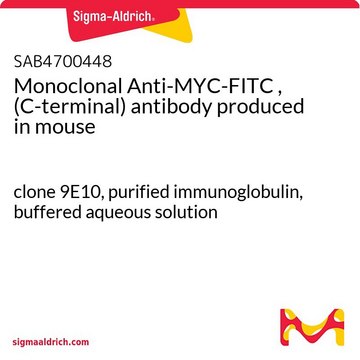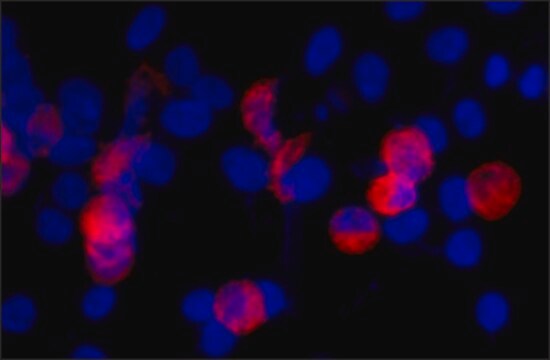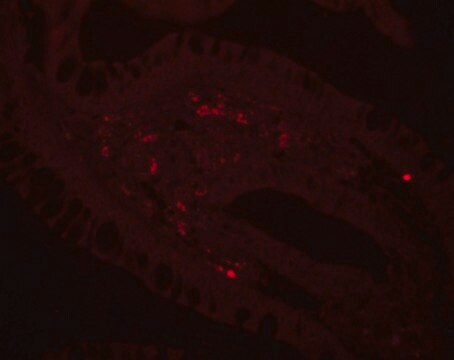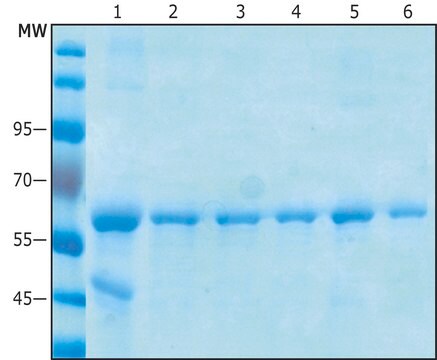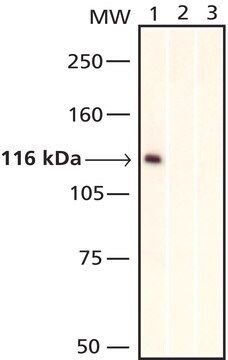F2047
Monoclonal Anti-c-Myc−FITC antibody produced in mouse

clone 9E10, purified immunoglobulin, buffered aqueous solution
Sinônimo(s):
Anti-c-Myc
About This Item
Produtos recomendados
fonte biológica
mouse
conjugado
FITC conjugate
forma do anticorpo
purified immunoglobulin
tipo de produto de anticorpo
primary antibodies
clone
9E10, monoclonal
Formulário
buffered aqueous solution
reatividade de espécies
human
condição de armazenamento
protect from light
validação aprimorada
recombinant expression
Learn more about Antibody Enhanced Validation
concentração
5 μg/mL (suitable for immunoflourescence)
técnica(s)
immunocytochemistry: 5.0 μg/mL using mammalian cells transfected with c-Myc tagged fusion protein, fixed with paraformaldehyde.
nº de adesão UniProt
Condições de expedição
dry ice
temperatura de armazenamento
−20°C
modificação pós-traducional do alvo
unmodified
Informações sobre genes
human ... MYC(4609)
Procurando produtos similares? Visita Guia de comparação de produtos
Descrição geral
Especificidade
Imunogênio
Aplicação
Ações bioquímicas/fisiológicas
forma física
Armazenamento e estabilidade
Exoneração de responsabilidade
Não está encontrando o produto certo?
Experimente o nosso Ferramenta de seleção de produtos.
Código de classe de armazenamento
10 - Combustible liquids
Classe de risco de água (WGK)
WGK 3
Ponto de fulgor (°F)
Not applicable
Ponto de fulgor (°C)
Not applicable
Escolha uma das versões mais recentes:
Certificados de análise (COA)
Não está vendo a versão correta?
Se precisar de uma versão específica, você pode procurar um certificado específico pelo número do lote ou da remessa.
Já possui este produto?
Encontre a documentação dos produtos que você adquiriu recentemente na biblioteca de documentos.
Os clientes também visualizaram
Nossa equipe de cientistas tem experiência em todas as áreas de pesquisa, incluindo Life Sciences, ciência de materiais, síntese química, cromatografia, química analítica e muitas outras.
Entre em contato com a assistência técnica